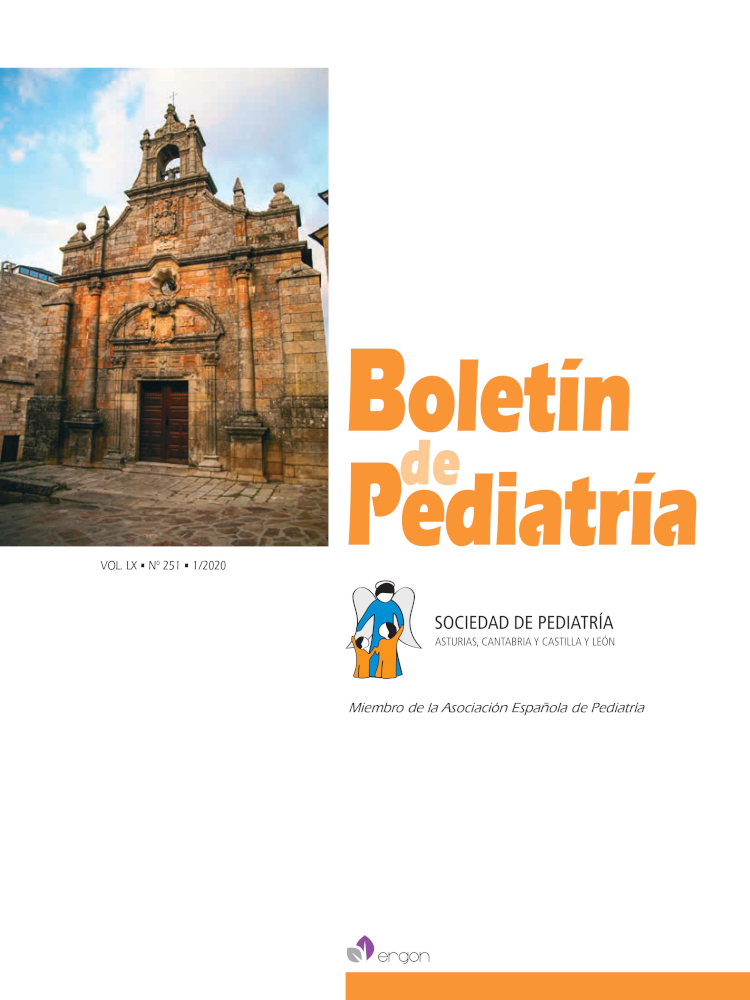Abstract
Introduction. Respiratory infections in pediatrics are the first cause of morbidity and mortality worldwide; in this context, sinusitis has increased in the pediatric population, currently constituting the fourth cause of private and public consultation, caused by viral and bacterial infections. The diagnosis is based on clinical criteria, imaging and risk factors to which the child population is exposed. Objectives. Characterize the clinical behavior of sinusitis in children and adolescents to propose clinical criteria for diagnosis and suggest an empirical treatment based on the sensitivity of the pathogens studied. To determine the prevalence of high IgE values and its relationship with volcanic ash as a risk factor. Methodology. A descriptive, cross-sectional study was included patients between 1 and 17 years of age, classified in three staging groups, who attended the external consultation of the Ambato General Hospital - Ecuador with a diagnosis of acute sinusitis, during the period of January 2015 - December 2016. Results. The prevalence of sinusitis was higher in the age group between 4 and 10 years (60.8%), who also showed an elevation of IgE (69.4%), presuming an awakening of atopic expression secondary to exposure to volcanic ash. Major and minor criteria were identified by age groups, finding Valleix points, Pharyngeal clearance and nasal obstruction as signs and symptoms present in all age groups. The pathogens isolated in cultures were Staphylococcus aureus, Moraxella catarrhalis, Haemophilus influenzae type III, germs that showed sensitivity to conventional antibiotics. Conclusion. Pharyngeal clearance, nasal obstruction and positivity in Valleix points were the most frequent symptoms and signs for sinusitis in all age groups. The most prevalent isolated pathogen was Staphylococcus aereus and Haemophilus influenzae biotype III. Exposure to volcanic ash should be considered as a risk factor.

This work is licensed under a Creative Commons Attribution-NonCommercial 4.0 International License.
Copyright (c) 2020 Boletín de Pediatría
